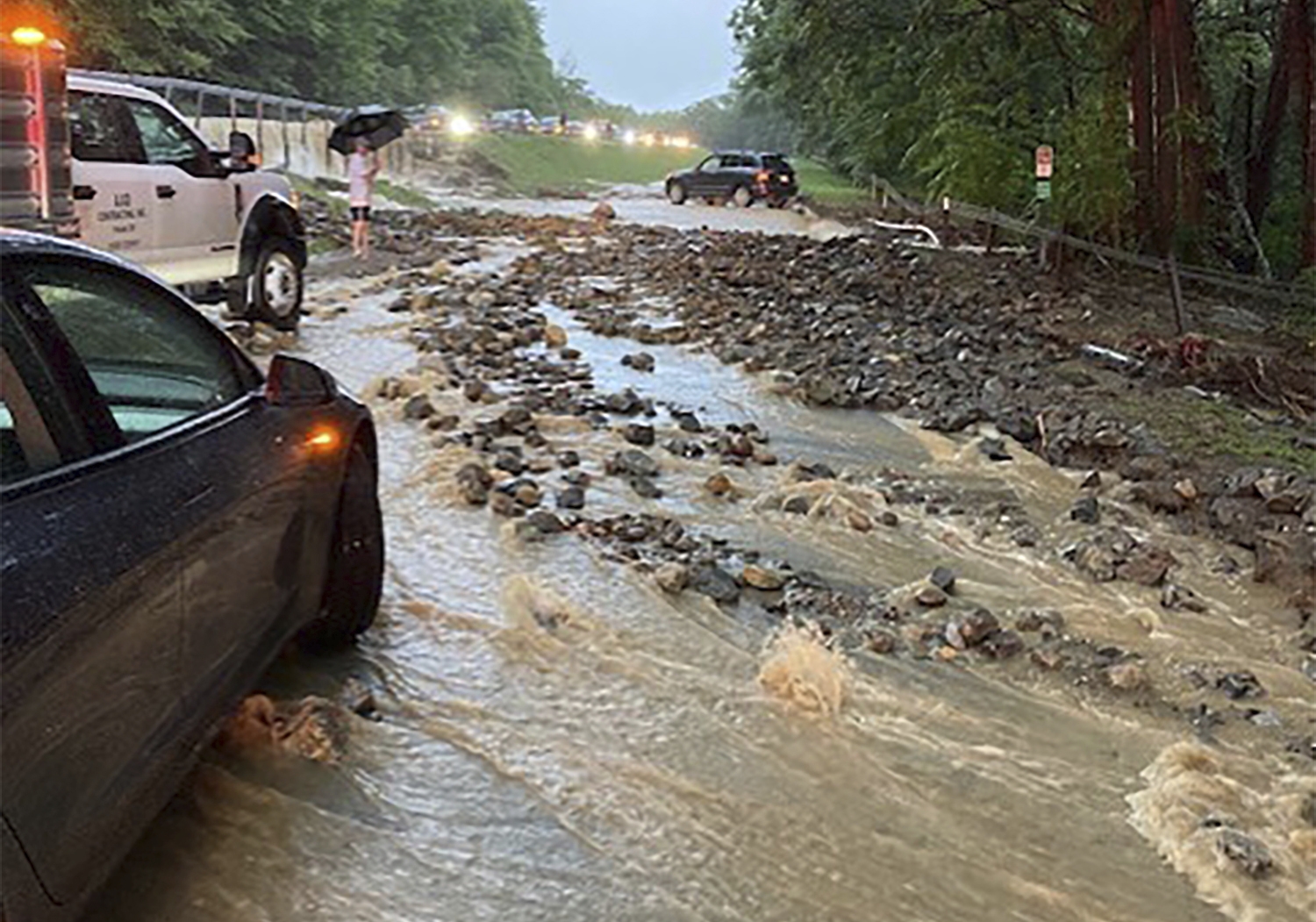Northeast Vermont faced another round of summer devastation this week as torrential rain and severe flooding hit the region, compounding the damage from historic floods earlier in the month. In St. Johnsbury, the storm unleashed around 8 inches of rain, causing significant disruption to travel and local events. Cherry Susan, owner of a bed and breakfast in St. Johnsbury, reported that cyclists and dog lovers had to navigate numerous road closures and adapt their plans accordingly. The floodwaters were so severe that restaurants had to shut down due to staff being unable to reach work. The much-anticipated Summer Dog Party at Dog Mountain was also canceled as the access path was severely damaged.

Community Challenges and Resilience
The flooding created a cascading effect that caused problems for residents and businesses. Cherry noted that while some locals fared better, others faced extensive damage. For instance, some homeowners experienced drainage issues leading to their backyards flooding neighbors’ basements. Cherry’s property only had 1 inch of water in the basement, a minor issue compared to the widespread destruction faced by others. The entire town of St. Johnsbury, perched on a hill, saw floodwaters streaming down from higher elevations. Emergency responders worked diligently to clear one lane of traffic to provide access to essential services, including the main grocery store. Food truck vendors stepped in to help supply meals to those affected.
Climate Impact and Recovery Efforts
The recent floods highlight the broader issue of climate change affecting weather patterns. Meteorologists have warned that hotter temperatures enable clouds to hold more rain, intensifying storms and flooding. In response, communities like St. Johnsbury are adapting to what is increasingly seen as the “new normal” of extreme weather conditions. Governor Phil Scott expressed frustration over the setback to recovery efforts, describing the latest flooding as “demoralizing.” U.S. Senator Bernie Sanders’ office is collaborating with FEMA to secure disaster recovery assistance for the hardest-hit areas. So far, about 50 homes have been destroyed or severely damaged, numerous roads remain closed, and well water contamination has been reported north of St. Johnsbury.
Looking Ahead
As the humidity remains at 90% and excessive heat is expected to persist, St. Johnsbury faces the possibility of additional rain and flooding. Despite the ongoing challenges, community spirit remains strong. Cherry emphasized the collective effort of neighbors helping each other, especially the elderly, as they navigate these difficult times.

The shared experience of coping with such disasters fosters a sense of unity and resilience among the residents. In the face of these trials, St. Johnsbury’s residents demonstrate perseverance and adaptability, working together to recover and prepare for future challenges.
